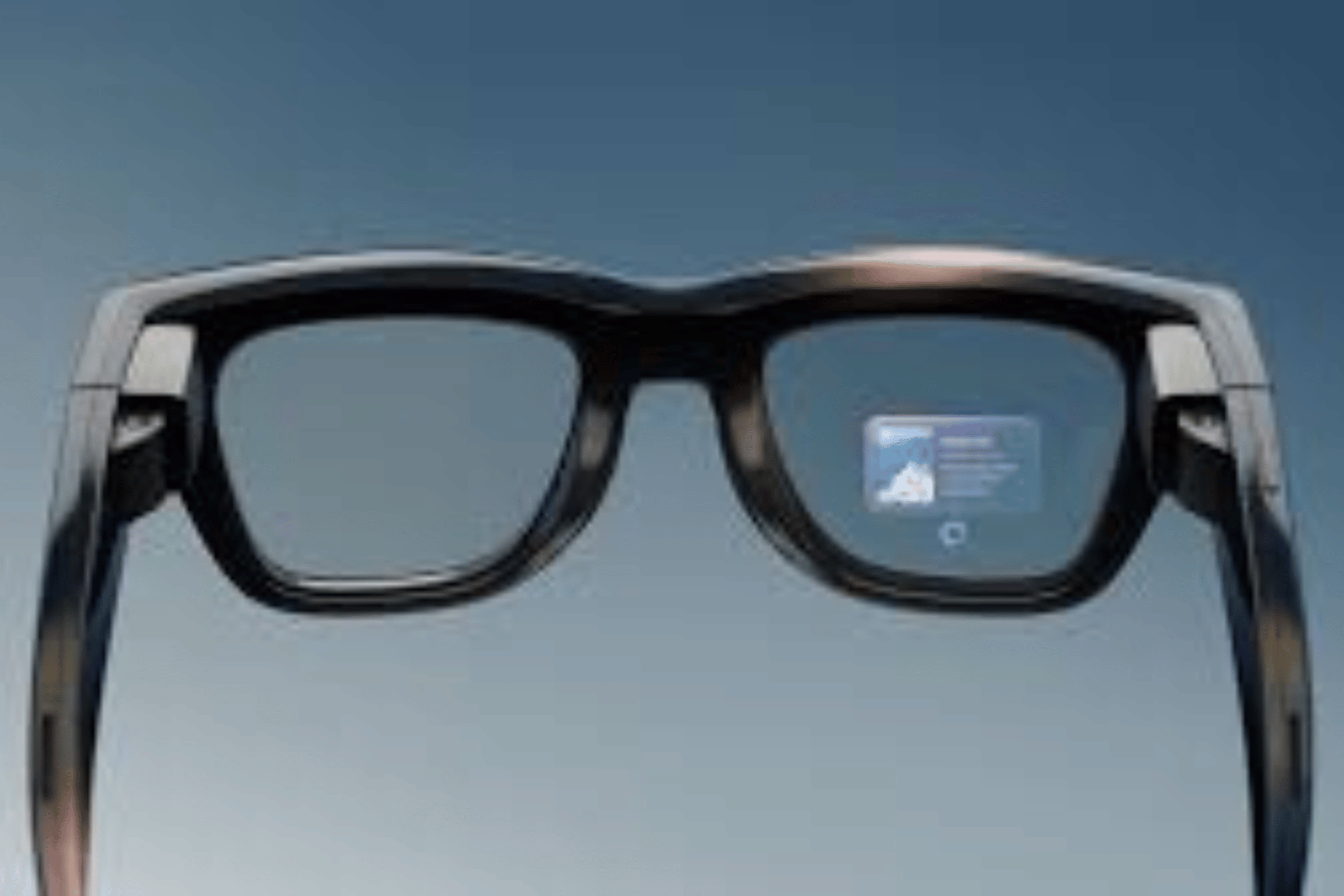
AppleCare One: Complete Coverage Guide, Pricing, and Benefits
Apple has revolutionized device protection with AppleCare One, a comprehensive coverage plan that simplifies protection for multiple Apple devices under a single subscription. This new service represents a significant shift from traditional individual device warranties to unified coverage that adapts to users’ evolving technology needs.
What is AppleCare One and How Does It Work?
AppleCare One consolidates protection for up to three Apple devices into one streamlined plan starting at $19.99 per month. Unlike traditional AppleCare+ plans that require separate subscriptions for each device, this unified approach allows users to protect their iPhone, iPad, Apple Watch, and other Apple products through a single monthly payment.
The service builds upon Apple’s established AppleCare+ foundation while extending coverage benefits across multiple devices. Users can add additional devices to their plan for $5.99 per month each, creating scalable protection that grows with their Apple ecosystem.
Comprehensive Protection Features and Benefits
AppleCare One includes all standard AppleCare+ benefits including unlimited accidental damage repairs, 24/7 priority support from Apple specialists, and battery service coverage. The plan also provides expedited service through Apple-certified repair centers and genuine Apple parts replacement.
A notable expansion includes theft and loss protection that now covers iPad and Apple Watch in addition to iPhone. This comprehensive security addresses common concerns about device theft and loss statistics that affect millions of users annually.
Pricing Structure and Cost Savings Analysis
The $19.99 monthly fee remains constant regardless of which three devices you choose to protect, offering potential savings of up to $11 per month compared to separate AppleCare+ subscriptions. This flat-rate pricing model particularly benefits users with premium devices like iPhone Pro models and cellular-enabled iPads.
Additional devices beyond the initial three cost $5.99 monthly each, making it cost-effective for households with multiple Apple products. This pricing strategy aligns with subscription economy trends that prioritize predictable monthly costs over large upfront payments.
Expanded Eligibility and Device Addition Options
AppleCare One breaks new ground by allowing coverage for devices up to four years old, significantly extending the traditional 60-day purchase window for AppleCare+. This change addresses long-standing customer requests for retroactive coverage options that protect existing device investments.
Devices must be in good working condition to qualify for coverage, with Apple conducting diagnostic checks during enrollment. This flexibility helps users protect valuable older devices that might otherwise lack comprehensive warranty coverage.
Plan Management and Device Lifecycle Integration
The service streamlines device transitions through automatic plan updates when users trade devices directly to Apple. When you upgrade your iPhone through Apple’s trade-in program, the old device automatically exits your plan while the new device joins seamlessly, maintaining continuous protection.
This integration with Apple’s device upgrade programs eliminates administrative overhead while ensuring users never experience coverage gaps during device transitions. Monthly billing also provides flexibility to adjust coverage as needs change.
Getting Started with AppleCare One
US customers can enroll directly through their iPhone, iPad, or Mac settings, or visit Apple Stores for in-person assistance. The enrollment process includes device diagnostics to confirm eligibility and immediate coverage activation upon approval.
Apple’s support infrastructure, already recognized for high customer satisfaction ratings, extends these same service standards across all devices in your AppleCare One plan.
AppleCare One represents Apple’s response to evolving user needs in an increasingly connected device ecosystem, offering simplified protection that matches how people actually use multiple Apple products in their daily lives.






Leave a Reply